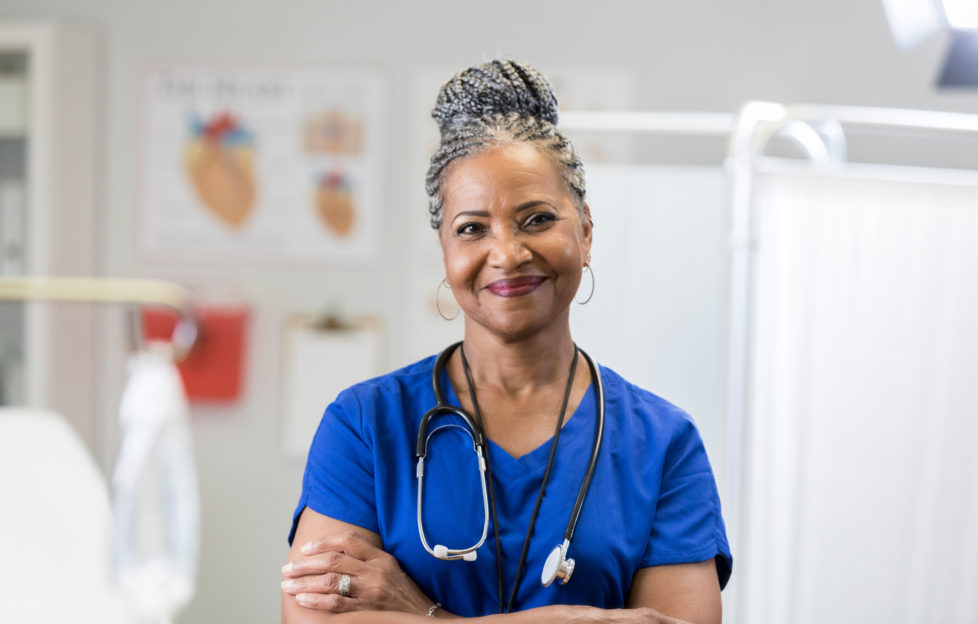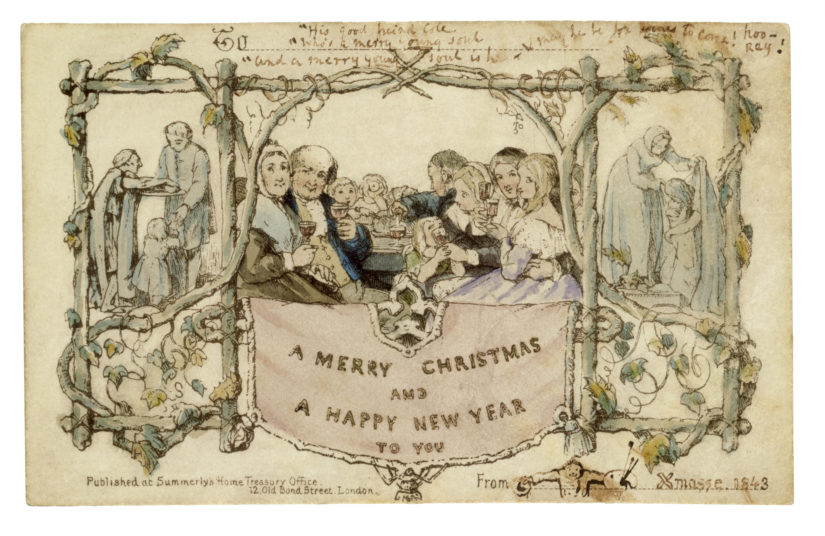
Bupa Oncology Support Nurse Emma Norton answers Google’s most asked questions about breast cancer.
Where are breast cancer lumps usually found?
Lumps would usually occur in either the breast or armpit, as these two areas are connected by the same tissue.
Any lump you find in your breast may not be cancerous – 90% turn out to be benign. So make sure you get it checked out by a GP.
How big are the lumps?
There isn’t an average size which would indicate whether a lump in your breast is cancerous. Nor are larger ones always going to be a cause for more concern (though that is generally a potential indicator that the cancer has grown and could be spreading).
Sometimes, smaller lumps could be growing at a faster rate than bigger ones, which would be another indicator of what stage the cancer is at.
Are they painful?
There can often be pain which comes with breast lumps, which may be a sign of breast cancer if it is prolonged and persistent.
If you experience this, you must make an appointment with a doctor to be checked out. However, pain may not be present in every case, so you must continue to check for lumps regularly.
Can a blood test detect breast cancer?
The methods of detecting the condition are varied, depending on factors such as the size of cell sample needed.
These include mammograms, ultrasound scans, fine-needle aspiration biopsies (for smaller cell samples) and core biopsies (for larger samples).
How is breast cancer caused?
Research has been conducted for many years into the cause of breast cancer, but it still proves inconclusive. However, a variety of risk factors have been said to increase our risk.
These can be related to our genes, such as a history of the disease; environment and lifestyle, such as alcohol consumption and the contraceptive pill; and age.
What does breast cancer look like?
There are various ways breast cancer can show signs; some may be more subtle or not visible at all – again, this is why we should continue to check for lumps. However, some changes in physical appearance which indicate the disease can include:
- Inverted or dimpled nipples
- Redness/a rash on your skin
- An increase in breast size, or a change in shape
- Nipple discharge, which may contain blood
For more health advice from the “Friend”, click here.




